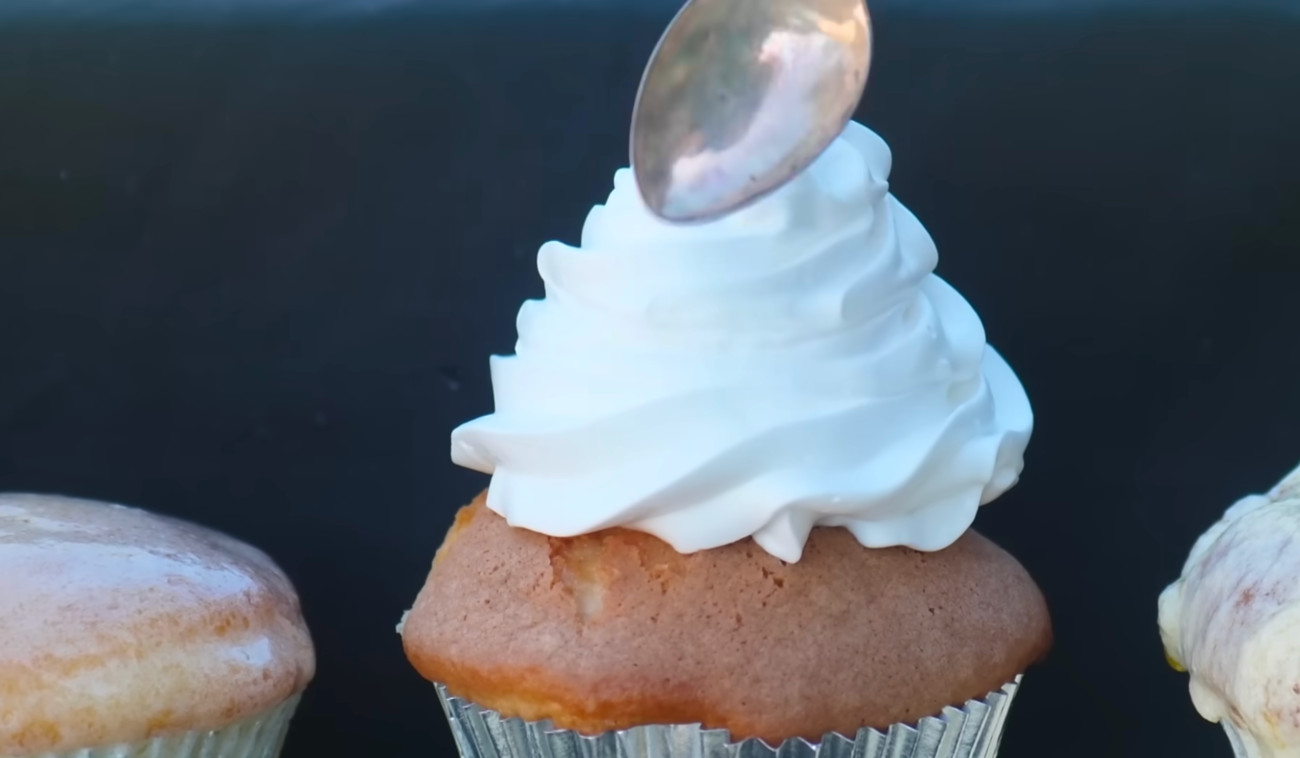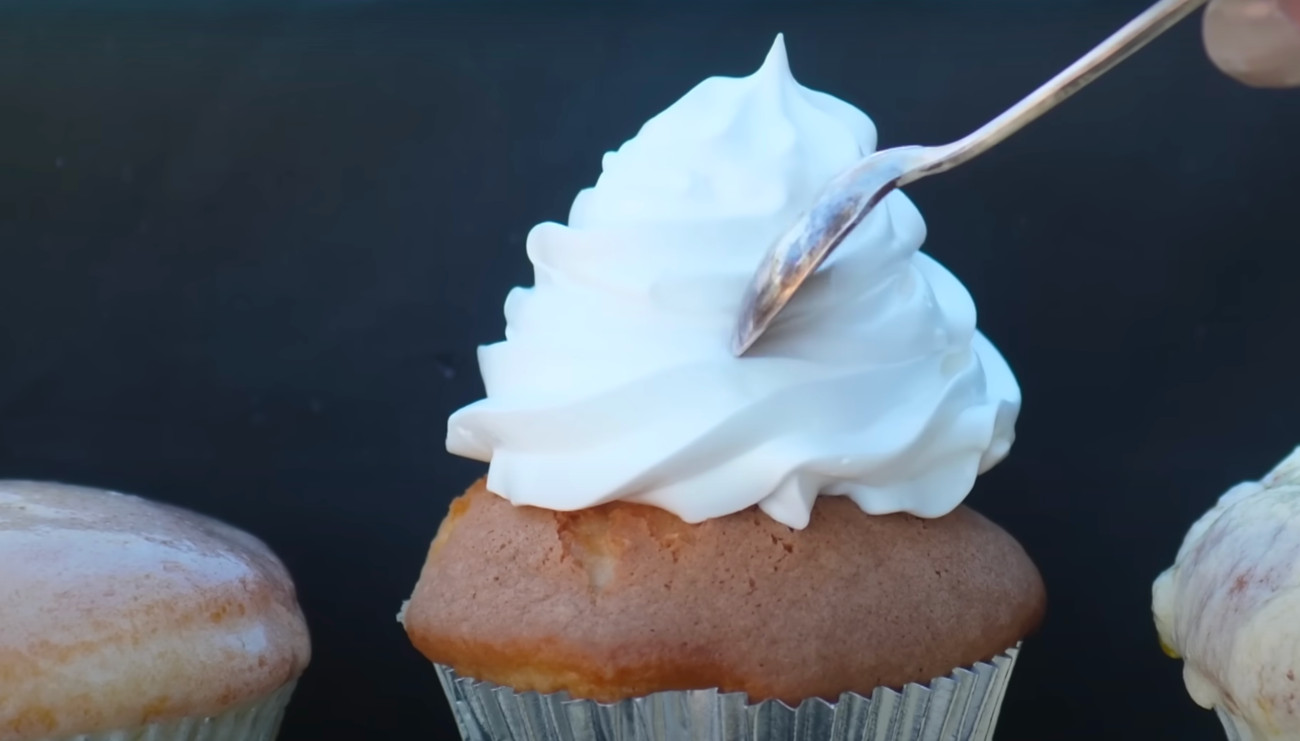With the temperatures getting warmer and the gatherings starting to increase, one always turns to the outdoors as the best social spot. From grill outs, weddings and birthday parties, many courses wrap up with a nice helping of cake. And this type of dessert isn’t complete without the literal icing on top of the cake, so a crucial question has to be posed — which frosting can beat the heat the longest?

Anne Reardon, the creator of the YouTube channel How To Cook That, does a tremendous amount of testing to debunk crafts, recipes, and hacks. This time she solved a dessert disaster, which was a cake with frosting melted like pooled wax. While she presented her suggestion of how to fix a melted cake (a good coating of sprinkles and cookies hides all sins), she went further to see which frosting would be good in the heat.
When Anne does testing, she does a lot of trial-and-error experiments, and this frosting question was no exception. She had an array of frostings — sixteen in total. There were ganaches (made with different types of white, milk, and dark chocolates both real chocolate and compound chocolates, which are a mixture of chocolate blended with fat). Then there were the egg-rich European buttercreams — Italian, Swiss, and French. She had old-fashioned flour-based ermine frosting and American buttercreams alongside a vegan coconut oil frosting, a store-bought frosting, a cream cheese frosting, and a plain-old portion of whipped cream.

The first of the frostings to go were the milk chocolate ganache and the milk chocolate compound ganache. Next, the ermine frosting fell, as the butter and flour did little to keep the frosting from staying solid.

After half an hour in the heat, many of the frostings perished. The French buttercream, the white chocolate ganaches, the store-bought buttercream, and the American buttercream (made with margarine) all took a tumble from the tops of the cupcakes. The Swiss buttercream (made with egg whites) stood longer than its egg yolk-based French counterpart, but it too drooped and melted.

Finishing a sun-soaked time in the outdoors, the coconut oil, the butter-based American buttercream, the whipped cream, and the Italian meringue frostings are held up (more or less).

What it boils (or in this case melts) down to is the amount of liquid in each frosting’s fat. The more liquid a fat has, the chance of it melting increases. Take the coconut oil as an example, it has very little water and it stayed sturdy for a long time. And while coconut oil does turn into a liquid, it doesn’t melt. If there was closer direct heat (like say in a frying pan), then the coconut oil would turn into a soupy liquid. But in these sunny, warm conditions, it only softened.

The butter-based American buttercream got droopy, but it didn’t melt. The whipped cream too, wasn’t the prettiest nor was it the best texture, however like the American buttercream, the high-fat content increased the frosting’s stability.
Italian meringue frosting, with its small amount of liquid and high amount of binding protein in the egg whites, stayed the strongest for the longest.
So there you have your go-to list for warm weather get-togethers!













